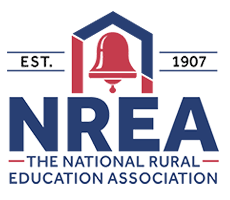Abstract
Multiple factors influence teachers’ grading and scoring of students’ class work, homework, projects and tests. Put simply, bias in grading is giving different grades on student work of essentially equal quality, based on factors irrelevant to the scope and criteria for that work. Grading is to a degree subjective, but it need not be biased. Intentional bias is a common criticism of teachers and has been the topic of numerous studies and reports. However, less attention has been given to unintentional sources of grading bias. For teachers in any school, bias can creep into grading despite a teacher’s best efforts to be fair and impartial. Teachers in rural schools may face more challenges to preventing and reducing grading bias. This paper identifies some of the issues relevant to teachers’ unintentional grading biases and discusses both conventional and innovative ways to reduce it.
Creative Commons License

This work is licensed under a Creative Commons Attribution 4.0 International License.
Recommended Citation
Hardré, P. L.
(2014).
Checked Your Bias Lately? Reasons and Strategies for Rural Teachers to Self-Assess for Grading Bias.
The Rural Educator, 35(2).
https://doi.org/10.35608/ruraled.v35i2.352



